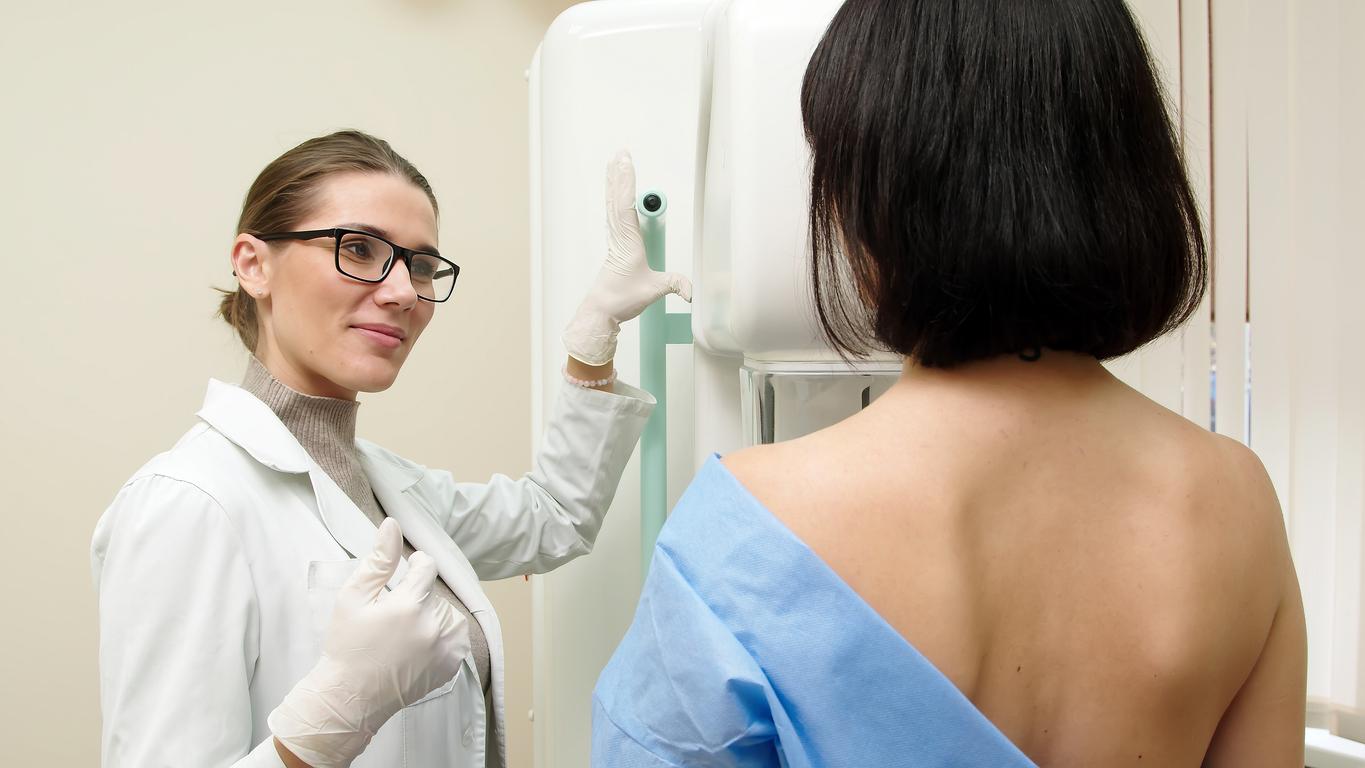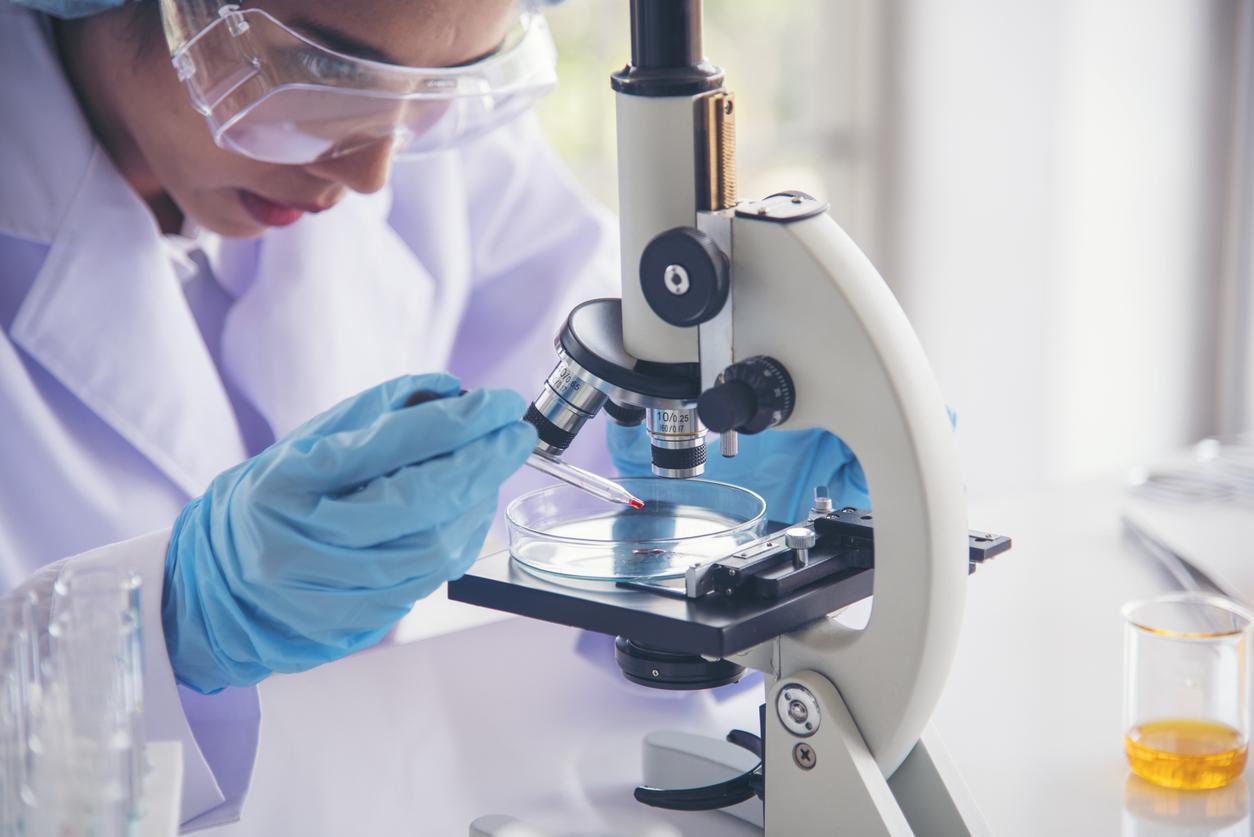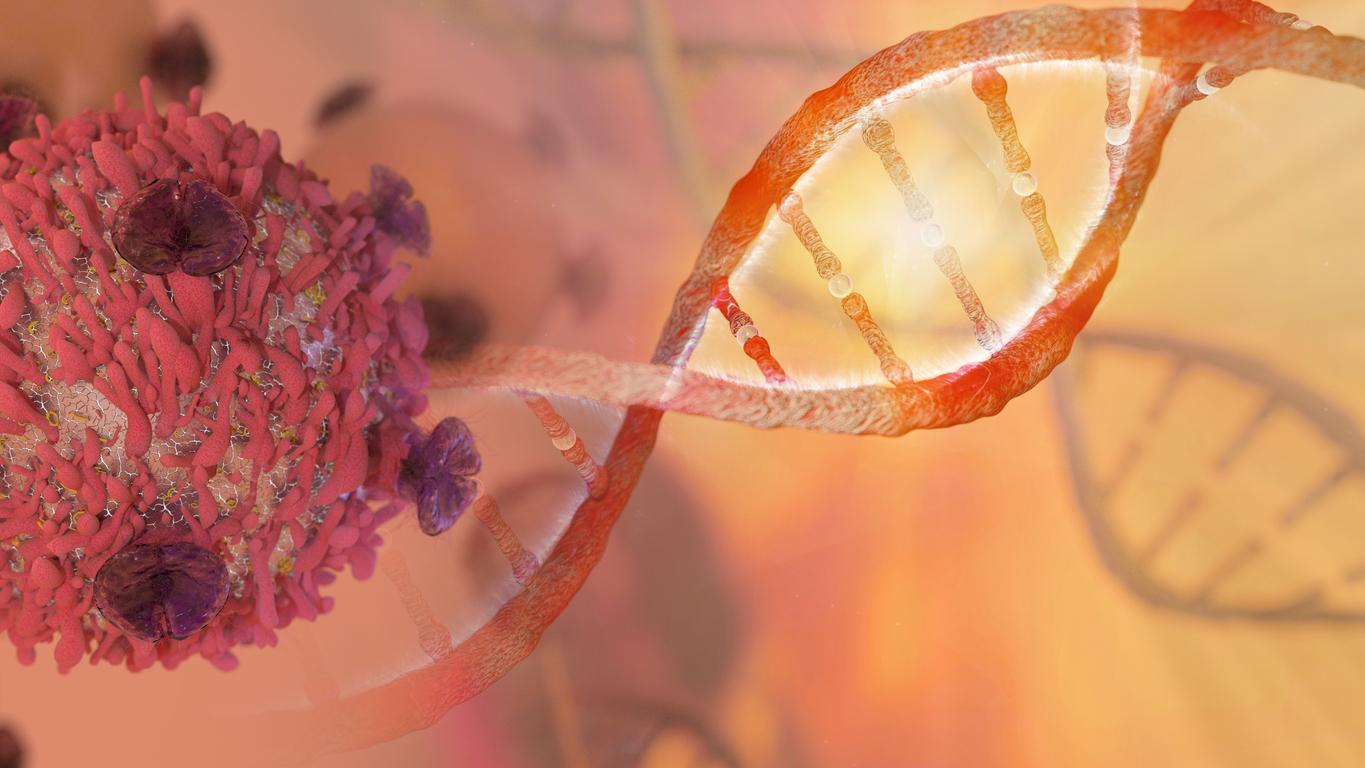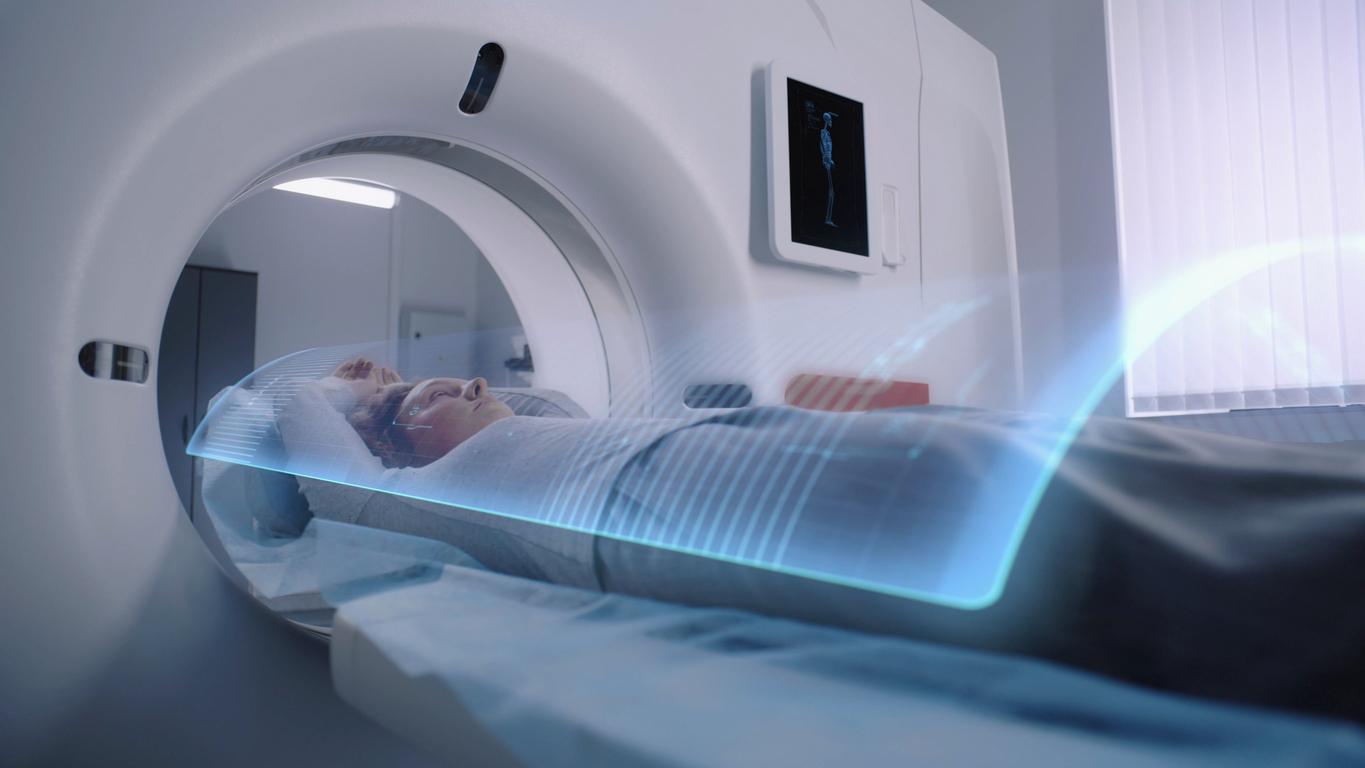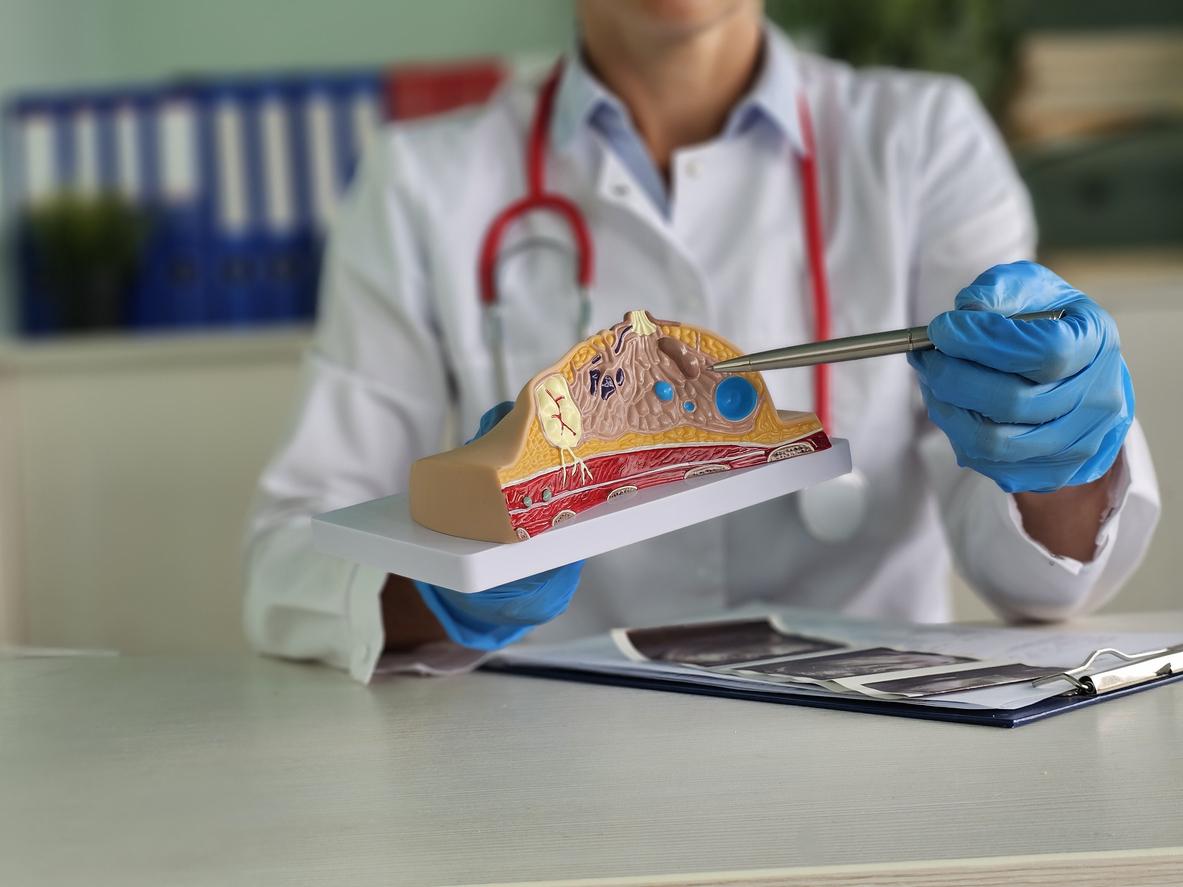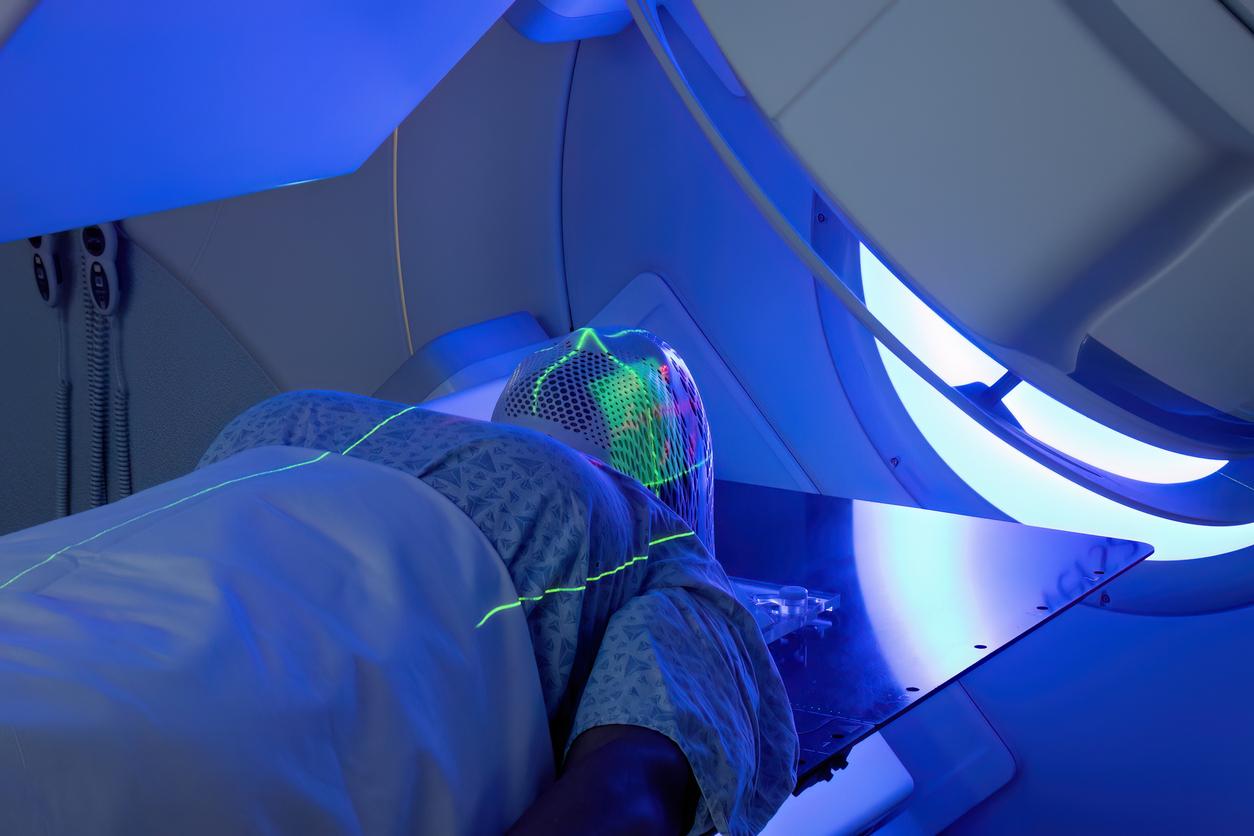Mammography, soon a distant memory? The most common cancer in women in France, breast cancer will affect one in eight women During his life. Every year, approximately 54,000 new cases are detected, in particular thanks to mammography. A technique that consists of placing the breast between two plates and compressing it to produce an x-ray, it is sometimes painful and uncomfortable even if it is relatively quick. It is now the only way (other than palpation) to detect breast cancer.
But according to a new study published in the journal Scientific Reportit could be replaced by a much less intrusive form of screening that can be done at home : a sweat fingerprint test that would detect breast cancer with 98% accuracy.
“Looking at molecules that tell us the sex of the individual, we came across certain molecules – small proteins and peptides – which are also indicated as potential biomarkers for breast cancer.”told the Sunday Times Pre Simona Francese, at the origin of the discovery.
But concretely, how does it work? Through a kit sent to the home, the person’s fingerprint is smeared with a chemical coating located on a sample plate. The latter is then placed in a mass spectrometer, where the sweat sample will be transformed into gas using a laser. Once the sweat is analyzed, scientists evaluate the proteins and provide the patient’s molecular profile, giving a precise marker of the presence of cancer or not.
Who participated in the trial?
For the past 15 years, Simona Francese has worked with the police to find out how to get more information from fingerprints left at crime scenes. It was during a study including 15 women (five with non-cancerous benign masses, five with early breast cancer and five with metastatic breast cancer) that she discovered that the proteins contained on the fingers detected breast cancer with 98% accuracy. The test distinguished between malignant and benign tumors, but also alerted to the severity of the disease.
“The data we have so far is very promising. If validated and shown to work in further trials, it has enormous potential.”, rejoiced Lynda Wyld, a surgeon who also participated in the study. The test must be subjected to more substantial trials, but could eventually replace mammography if its effectiveness were to be confirmed. Scientists are also looking to understand if this type of test could work with prostate cancer.
In France, a mammography must be performed every two years between 50 and 74 years old as part of an organized screening, if there are no symptoms or risk factors other than age. The earlier the screening is carried out, the greater the chances of recovery: this digital test could convince women who avoid mammography for fear of pain. In 2021, only 50% of women invited to perform this screening took part.
Sources:
- Non-invasive screening of breast cancer from fingertip smears—a proof of concept study, Scientific ReportsFebruary 1, 2023
- Could a fingerprint test mark the end of the mammogram?, The TimesFebruary 19, 2023











